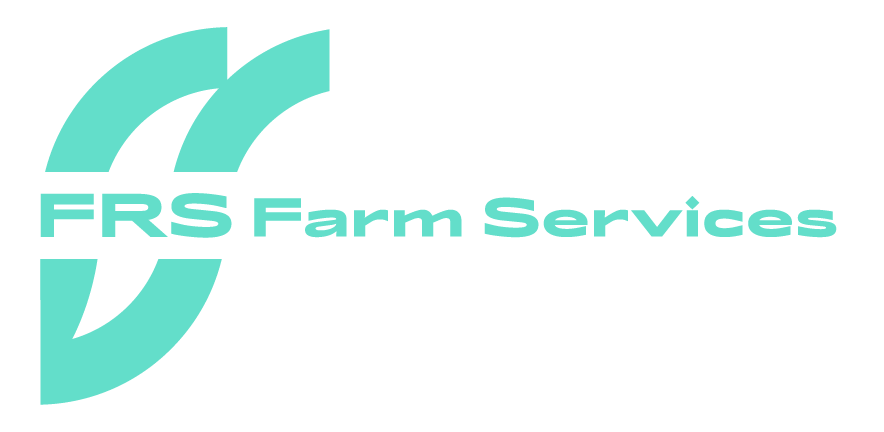As Spring calving comes to an end, farmers now need to turn their attention to the upcoming breeding season. With the majority of Irish dairy farmers looking to calve down next February, it is important to start planning and preparations now.
It is key that all farms put a breeding plan in place, tailored to their needs. Management in advance of the mating start date (MSD) can be essential to a successful breeding season. The plan should include the MSD for heifers and cows, and end date for AI and when bulls will be removed from the herd. Farmers must consider what they need and stock up, order AI straws, tail paint, and other products and equipment needed. Now is also a great time to think about using technology to help with breeding management.
When setting realistic breeding targets, Teagasc has given some helpful pointers. Farmers should strive for an average calving interval of 365 days. Teagasc recommends that farmers should aim to have 60% of cows calved in the first month of the calving season and all cows calved within 12 weeks. With calf mortality they also recommend <2.5% fatalities at birth and < 5% at 28 days. Reflect on the recent calving season and note any changes that you need to make.
Now is also the time to identify animals who are not suitable for breeding. These may be cows that calved too late or had poor calves, have insufficient health or poor fertility. It is important for farmers to give themselves enough time to identify replacements within their herd or source from elsewhere. It is recommended to put replacement heifers in calf before the main herd, consider this as part of the MSD.
Body Condition Score (BSC) is another factor influencing breeding performance on farms. For Spring calving, the herd should have an average BSC of 3.0. This allows for a .5 loss up to the start of breeding season. Looking at towards April and May, farmers should devise a nutrition plan suitable for their herd that allows cows to be at a BSC of 2.5. This BSC will give the cow the best chance of going back in-calf.
Cows and heifers who are thin, in poor condition or lost weight post calving, will be delayed in returning to heat. Farmers should consult their nutrition plan and give 1-2kg of high energy ration to thin cows/heifers. If feeding does not solve the problem, consider restricting the suckling of calves in the morning and evening (from 4 weeks of age). This practice should help the overall body condition and help return to the heat cycle quicker.
How farmers plan to record key data will also influence how successful their breeding season is. Farming app, Herdwatch, is a helpful breeding management platform. It allows farmers to record possible Heats of animals and help identify non-cycling cows. Farmers can also set a 21 day reminder to alert them to watch out for selected cows. Farmers can record all serves, single or multiple, as they happen and without internet connection, simply, through the app on their phones.
For more information on Herdwatch, visit www.herdwatch.ie.
